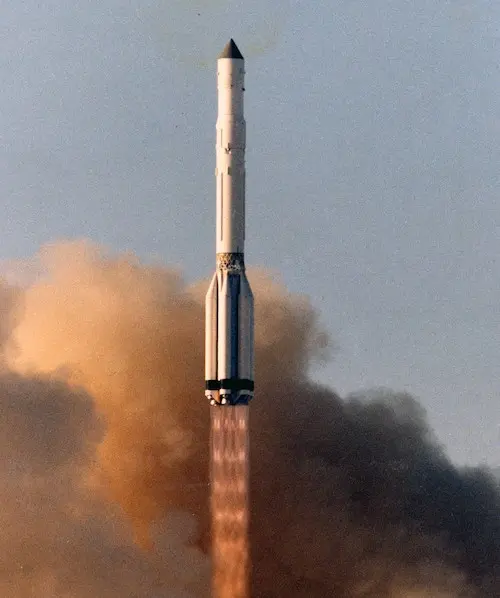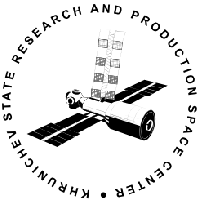Venera 15
Launch Success
Liftoff Time (GMT)
02:38:00
Thursday June 2, 1983
Mission Details
Venera 15
Venera 15 (Russian: Венера-15 meaning Venus 15) was a spacecraft sent to Venus by the Soviet Union. This uncrewed orbiter was to map the surface of Venus using high resolution imaging systems. The spacecraft was identical to Venera 16 and based on modifications to the earlier Venera space probes. The Venera 15 and 16 spacecraft were identical and were based on modifications to the orbiter portions of the Venera 9 and Venera 14 probes. Each spacecraft consisted of a 5 m long cylinder with a 0.6 m diameter, 1.4 m tall parabolic dish antenna for the synthetic aperture radar (SAR) at one end. A 1-meter diameter parabolic dish antenna for the radio altimeter was also located at this end. The electrical axis of the radio altimeter antenna was lined up with the axis of the cylinder. The electrical axis of the SAR deviated from the spacecraft axis by 10 degrees. During imaging, the radio altimeter would be lined up with the center of the planet (local vertical) and the SAR would be looking off to the side at 10 degrees. A bulge at the opposite end of the cylinder held fuel tanks and propulsion units. Two square solar arrays extended like wings from the sides of the cylinder. A 2.6 m (8.5 ft) radio dish antenna for communications was also attached to the side of the cylinder. The spacecraft each massed 4,000 kg.
Heliocentric Orbit
1 Payload
5,300 kilograms
Rocket


Manufacturer
KhrunichevRocket
Height: 56.14m
Payload to Orbit
LEO: 19,000 kg
GTO: 9,000 kg
Liftoff Thrust
9,468 Kilonewtons
Fairing
Diameter: 3.9m
Height: 10.4m
Stages
4
Launch Site
Stats
Proton-K
102nd
Mission
5th
Mission of 1983
Khrunichev State Research and Production Space Center
1712th
Mission
43rd
Mission of 1983
1983
54th
Orbital launch attempt